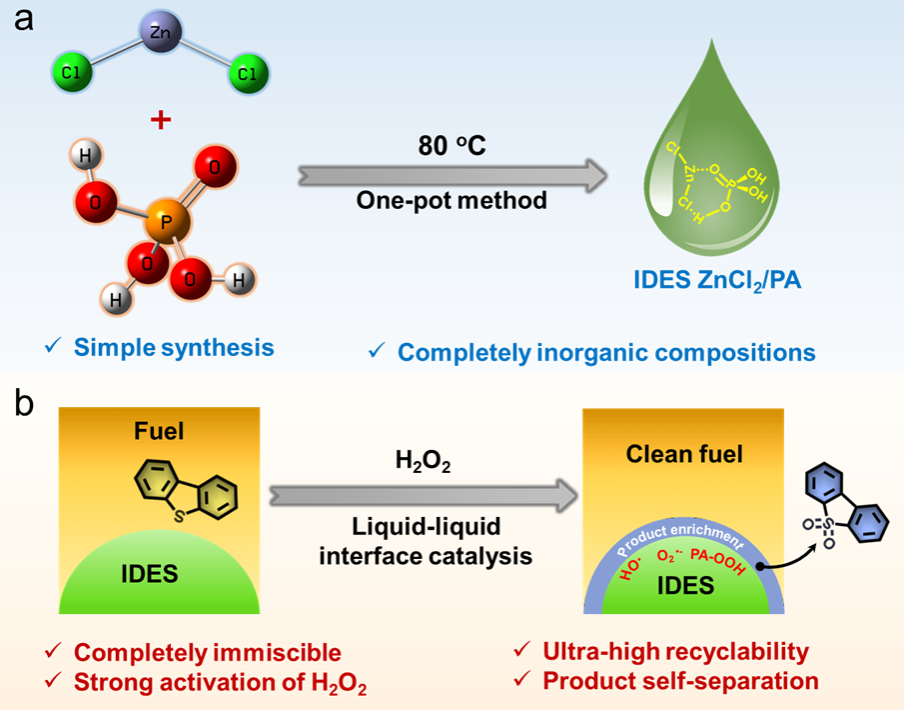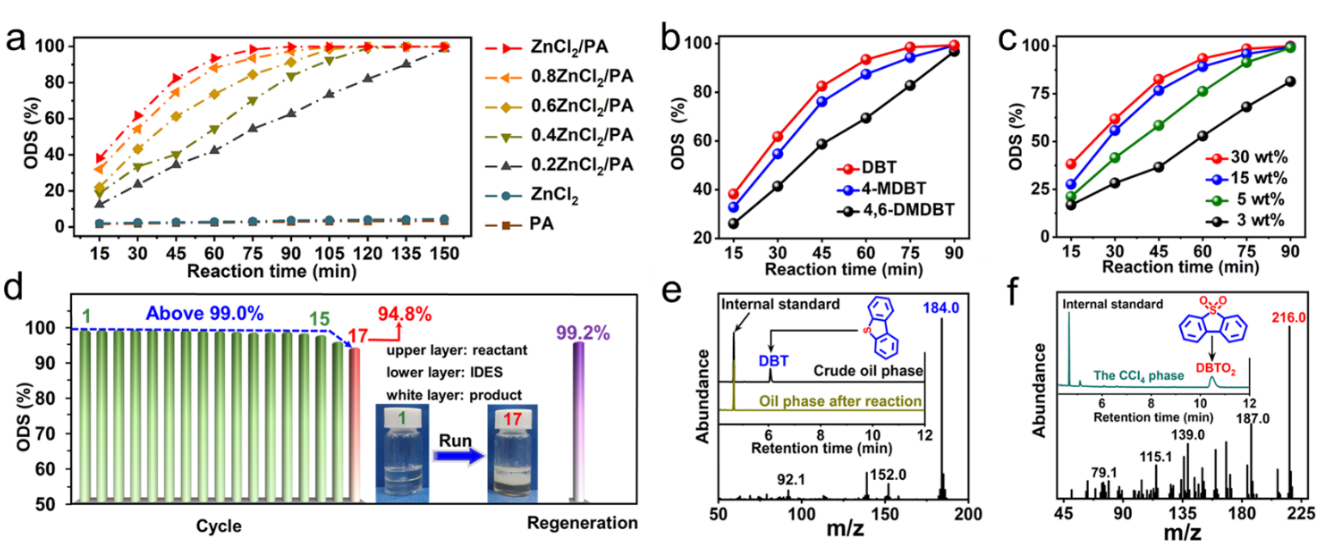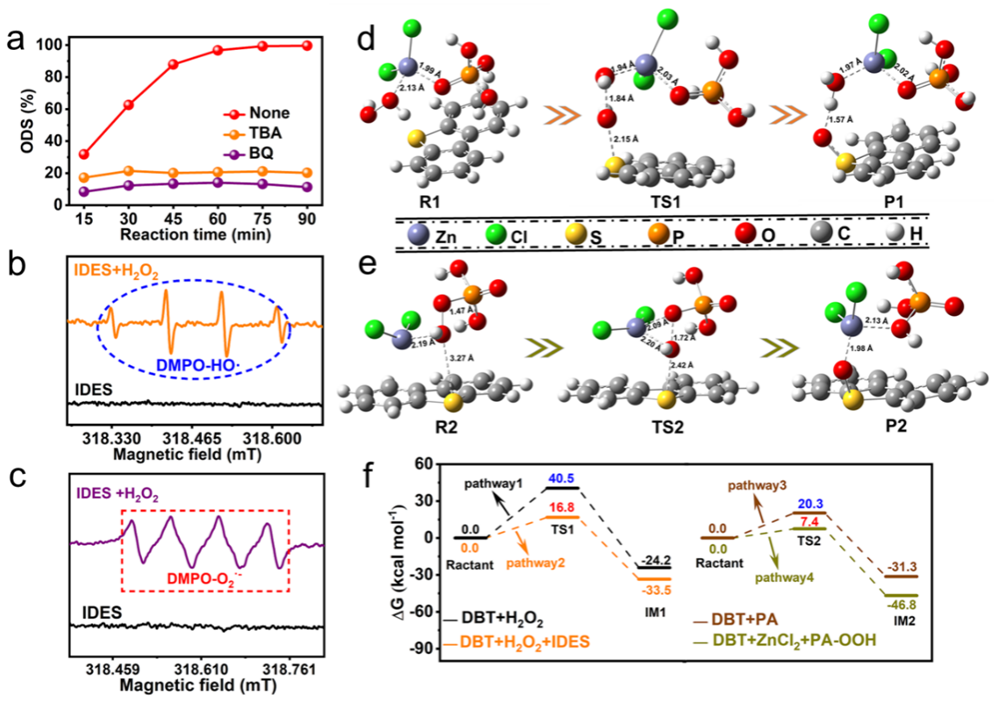Recently, Advanced Materials, a top journal in the fields of Chemistry and Materials, published online the paper Completely Inorganic Deep Eutectic Solvents for Efficient and Recyclable Liquid-Liquid Interface Catalysis written by Associate Researcher Jiang Wei’s research team from Institute for Energy Research. Jiangsu University (JSU) is the first completion unit of the work. Doctoral student Xu Lixian from Institute for Energy Research is the first author. Associate Researcher Jiang Wei, Prof. Jie Kecheng of Nanjing University and Zhu Wenshuai of JSU are the co-corresponding authors.

As the environmentally friendly alternative to traditional organic solvents, deep eutectic solvents (DESs) have already been utilized in many fields including catalysis, separation and material synthesis because of their excellent features such as simple synthesis, high atomic efficiency, no purification and adjustable structure.

Organic acid-based deep eutectic solvents (DESs) show feasible catalytic desulfurization capacity and selectivity in removing refractory thiophene-type sulfide in the exploration of oxidative desulfurization (ODS). However, their further application is impeded due to the accumulation of organic oxidative products in the organic DES phase, which leads to low recyclability and weak stability by structural damage and hindering their contact with sulfur compounds. Therefore, developing DESs with high catalytic ability and easy recyclability is of utmost importance for realizing ultra-deep ODS.

With zinc chloride (ZnCl2) and phosphoric acid (PA) as precursors, this study constructed a completely inorganic deep eutectic solvent (IDES) ZnCl2/PA through the hydrogen bonding (Cl···H─O) and coordination (Zn···O═P), realizing product self-separation and liquid–liquid interface catalysis for ultradeep desulfurization of fuel and for the first time.
It was found that the coordination structure (Zn···O═P) in IDES enhanced the catalytic capacity of the active site ZnCl2/PA and reduced the activation energy of the reaction, playing a key role in the promotion of high catalytic activity. The oxidizer H2O2 was effectively activated and converted into triple Reactive Oxygen Species (ROSs), HO, HO2 and PA-OOH by the composite active center (Zn···O═P).

The desulfurization efficiency of the IDES, which features superior inorganic and efficient catalytic ability, reached up to 99.9% to thiophene-type sulfide, and the IDES can be reused for at least 15 times without any further treatment in desulfurization process. At the same time, organic oxidative products realized self-separation at liquid–liquid interface, demonstrating superior catalytic performance and stability among the previously reported DESs for ODS.
This research has not only solved the bottleneck problem of applying DESs to ODS and but also provided more possibilities for catalytic oxidation activity and other relevant fields.

